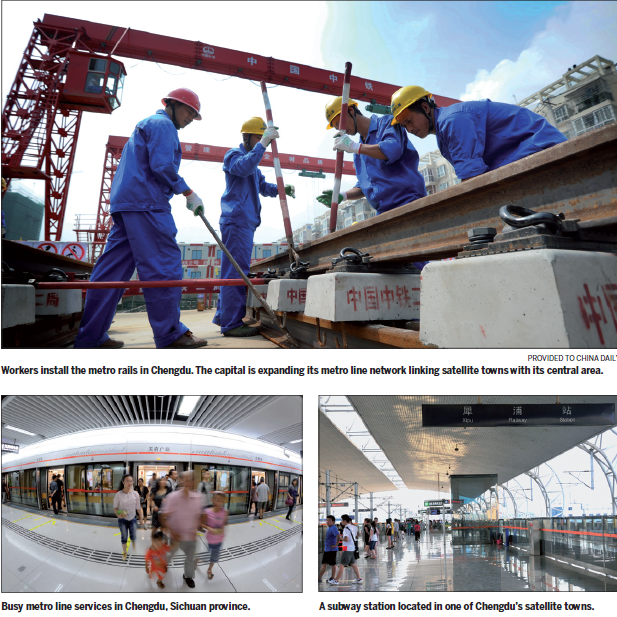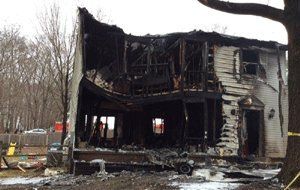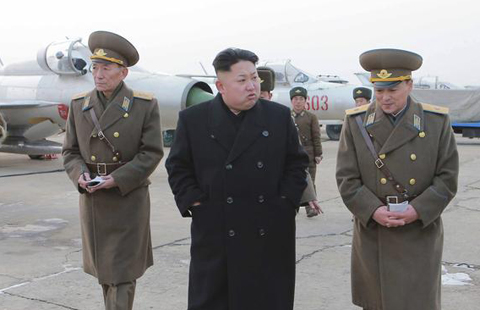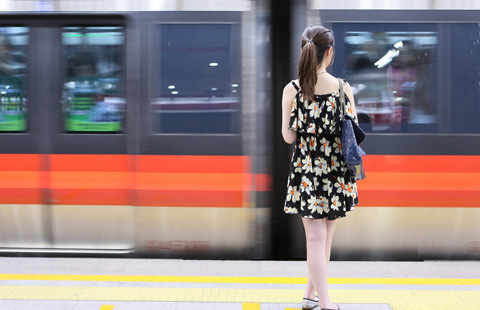Periphery development for universal urbanization
Updated: 2014-10-17 13:46
By FU CHAO
|
|||||||||||

Chengdu has stepped up its efforts to develop public transport and bring a "new type of urbanization" to the city.
The new type of urbanization has been on the nation's agenda for the past few years and refers to urbanization that brings a universal infrastructure and social welfare system to urban, suburban and rural areas.
Chengdu has seven satellite towns around its central area, known as the second circle area to local people.
The city invested heavily in infrastructure to expand the metro lines and expressways to cover these seven regions.
According to the city's Urban and Rural Construction Commission, 12 metro projects will start this year. When completed, the city's metro is expected to cover more than 200 km, not including the east-expansion of Metro Line 2, which went into trail operation in early September.
The first-phase project of Metro Line 4 is expected to be completed by the end of 2015 and the ongoing second-phase construction will link the city's central area with Wenjiang, a rapidly developing suburban district.
An executive of Chengdu Metro Co said that the total spending on metro line projects is expected to reach 18.2 billion yuan ($2.97 billion). By June, investment had reached 7.58 billion yuan, up 46.86 percent compared to the same period in 2013.
Currently, seven subway projects are being built, which, when complete, will reach 125 kilometers and involve 91 stations. Construction on another 89.7-kilometer of metro lines and 67 stations will begin in 2014, which will see the total length surpass 200 kilometers by the end of this year.
With a "double-cross-shaped" subway network due to take shape in 2016, people will enjoy more convenient transportation in Chengdu. At the same time, local authorities plan to install more parking spaces for bicycles near subway exits to create better access for cyclists to metro lines.
Investment in infrastructure for the first half of 2014 reached 29.8 billion yuan, according to the Urban and Rural Construction Commission. The funds will be used to improve healthcare, education, culture and other public service sectors to attract more people and industries into the seven satellite towns.
In recent years, Chengdu's urbanization has led to a dense population in the central area and a lack of public resources, according to an official from the city's Planning and Management Bureau.
The bureau is working on developing a new "city-and-town system". Under the plans, satellite towns would share the central area's burden in terms of population and traffic.
An extensive transport network covering the whole city and its periphery would add space to the development of the city, according to architects. Under the plans, functions of the city, such as a culture, business, education and healthcare, are expected to be delivered in periphery areas.
As well as the expansion of the metro lines, Chengdu is also working on developing three "10-minute service circles" in the seven satellite towns.
When the project is completed, in any community residents will be able to reach a bus stop or metro line station, park and community service facilities within 10 minutes, according to the Planning and Management Bureau.
"For Sichuan, advancing the new type of urbanization is a major development direction," Jiang Huadong, a researcher at the provincial academy of social sciences, told local media.
"The metro line network expansion will better the division of urban functional areas, further expand urban growth space and have a far-reaching effect on the development of small and mid-sized cities and towns centering around metropolises," Jiang said.
The development of the metro rails as well as nearby properties will bring about marked changes in consumption habits and lifestyle and at the same time promote the subway culture and related industries, he said.
Dai Bin, director of a research center for regional economy and city management at Southwest Jiaotong University, said the expansion of the transport network would create a prerequisite for relocation of industries and population as well as such functions of urban Chengdu as commerce, education, culture and sports.
"It will greatly advance the integrated development of the city's central area and suburbs," Dai sad.
The local government encouraged private capital to take part in infrastructure construction through private-public partnerships or the build-operate-transfer model, said officials at the Chengdu Municipal Development and Reform Commission.
Hot Topics
Eagle training is an ancient tradition of Kazak people living in Central Asia. But less eagles are being raised since the raptor was listed as protected creature.
Editor's Picks

|

|

|

|

|
|







